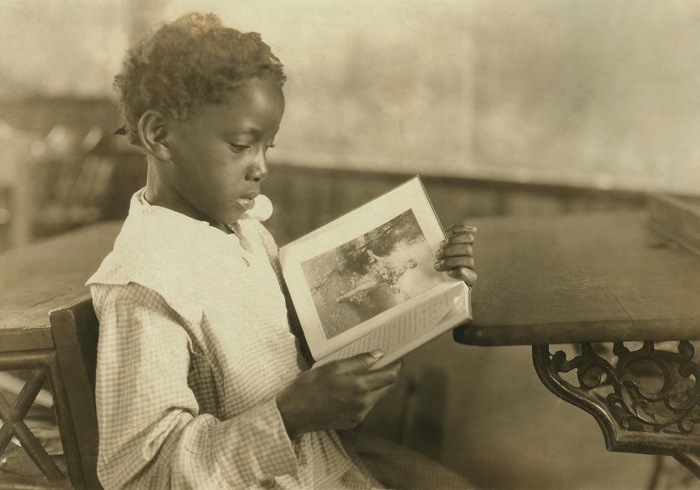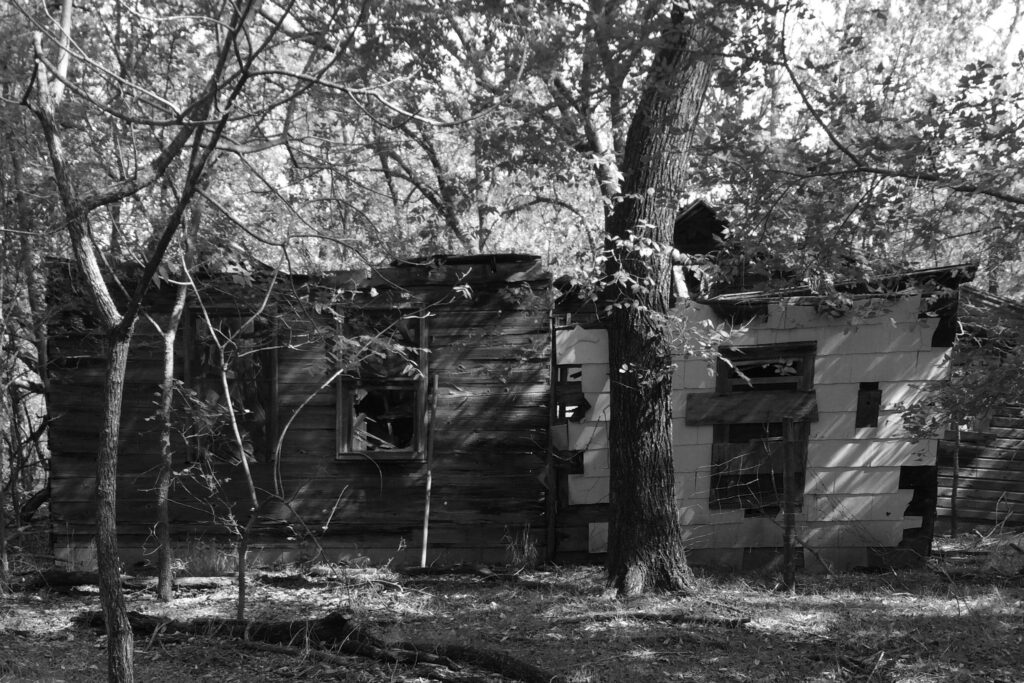Black History in Central Oklahoma

With a service area stretching across 37 Oklahoma counties, Goodwill Industries of Central Oklahoma serves many diverse communities. Several of these cities that our stores call home, have significant history in and influence from, Black history and culture. In honor of Black History Month, we’ve taken a deep dive into some of the prominent chapters of Black history in the towns we represent.
OKLAHOMA CITY

Located west of downtown Oklahoma City, the Deep Deuce neighborhood has a rich Black history. From the 1920s to the 1950s, the area was home to some of the most influential Black business owners and Jazz music venues in the state. Just like today, the area was bustling with nightlife and entertainment venues, making it one of the most vibrant places in all of Oklahoma City.
“It was an economy, Second Street. It was African Americans supported each other and they created their own economy,” Anita Arnold, Black Liberated Arts Center executive director said. The need for the center emerged as Jim Crow Laws led certain areas of the city to become heavily segregated. It served as a space for famous musicians, like Billie Holiday and Duke Ellington, to safely stay and perform as they traveled through Oklahoma. Writer Ralph Ellison and Jazz giants like Charlie Christian and Jimmy Rushing also called the district home.
In 1957, Deep Deuce became the site Oklahoma students organized “sit-ins” at segregated lunch counters. After the Civil Rights movement in the 1960s, and with the construction of I-235, much of the district’s residents dispersed to other areas. Today’s bustling music and art venues in Deep Deuce are still reminiscent of the original architecture, and signage pays homage to its distinguished history.
GUTHRIE

Following the 1889 Land Run, and even before Oklahoma gained its statehood, Guthrie flourished into a popular railroad station site. At the time, Black settlers and pioneers created what is today known as ‘The Elbow’ or ‘Little Africa’ — a neighborhood with its own infrastructure, tucked away from the rest of the growing town. Along with winning statehood in 1907, the establishment of this community also contributed to the growth of Langston, Oklahoma, a close neighbor of Guthrie, and one of the 13 historically all-black towns in Oklahoma. Langston is also where Langston University is located; Oklahoma’s only Historically Black University (HBCU). Langston University was founded in 1897, just seven years after the founding of the town where it gets its namesake.
Severe flooding of Cottonwood Creek decimated ‘The Elbow’ neighborhood in the mid-1970s. The area was condemned, homes were abandoned, and people were forced to sell their land and relocate. Fast forward to 2022, the city of Guthrie has recently been awarded a tourism grant to create trails into and around the island, as well as to construct a bridge to make the island accessible once again.
ARDMORE

In the early 1900s, Ardmore was booming with business as a newly established shipping and trading center. Segregated into their own business district and residential neighborhood, the Black community of Ardmore did business in and around the Commercial District on East Main Street.
This is also where the Black Theatre of Ardmore started. One of the first all-Black theatres in the state, it stood its ground amidst the white-owned businesses surrounding it. It allowed Ardmore’s Black community to enjoy entertainment during an otherwise very restricted era of public life. In 1944, the building was purchased by the Metropolitan African Methodist Episcopal church and is today known as Victory Temple Church.
From the difficult reckoning with Tulsa’s Greenwood massacre and the 1960s sit-ins led by Clara Luper, to the rich history of Oklahoma’s 13 historically all-Black towns, Black communities impactfully shaped the history and culture of the state. While this collection is only scratching the surface, we are encouraging residents in Central Oklahoma to explore local history year-round and learn about the Black leaders and activists that have contributed to economic and cultural growth across our state, both past and present.